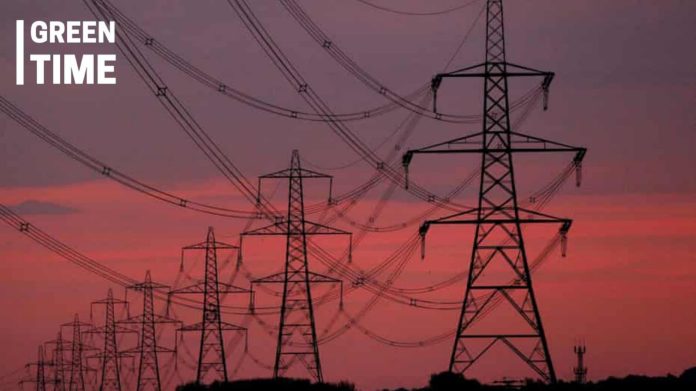Nestled in the tranquil landscapes of north-east Derbyshire, Amber Valley stands as an oasis of ancient trees, historic buildings, and picturesque public footpaths. This verdant haven, increasingly popular with tourists, now faces a threat that pits green energy goals against local conservation.
Katie Hirst, a local resident and co-founder of Save Amber Valley Environment (SAVE), fears the proposed route of 50-metre-high pylons by National Grid could devastate the valley’s charm. “People come here for wonderful walks and the unspoilt landscape, and that would be gone. The economy would really suffer,” she warns. Amber Valley’s farmers have diversified into tourism, creating jobs for young people. The pandemic underscored the value of open green spaces, making their preservation more critical than ever.
The UK’s ambitious target to decarbonise electricity generation by 2030 necessitates massive infrastructure development. More than 600,000 km of power lines must be installed across the country to support renewable energy sources like wind and solar. This transformation is essential for combating climate change but has sparked anxiety and resistance in local communities.
Labour leader Keir Starmer recently emphasized the tough decisions required to ensure the swift construction of pylons. Meanwhile, Ed Miliband suggested offering benefits to communities affected by renewable infrastructure. The Labour party aims to double onshore wind capacity, quadruple offshore wind, and triple solar power by 2030, requiring a colossal investment in power grid upgrades.
Other parliamentary parties and local groups express concerns. Adrian Ramsay, Green Party co-leader, calls for a pause on the pylon route through his Waveney Valley constituency, highlighting the impact on agricultural land and local communities. While acknowledging the necessity of infrastructure, Ramsay advocates for solutions that offer long-term benefits.
The UK faces an immense task: installing five times as many pylons and underground lines by 2030 as in the past 30 years, alongside replacing ageing cables. Keith Anderson, CEO of Scottish Power, estimates a pound-for-pound investment in both clean electricity generation and the infrastructure to support it.
East Anglia, focusing on North Sea offshore wind, is a hotspot for pylon protests. However, pylons are needed nationwide to connect onshore wind and solar farms and update older infrastructure. Labour MP Alex Sobel stresses that any party arguing for delay is not serious about climate change. Stuart Dossett of the Green Alliance highlights the need for political leaders to ensure the energy transition benefits communities and addresses climate change, the top threat to nature.
Amber Valley’s plight exemplifies the broader challenge of balancing the urgent need for renewable energy with preserving cherished landscapes and local economies. As the UK accelerates towards its green energy targets, it must navigate these tensions thoughtfully, ensuring both environmental progress and community well-being.

